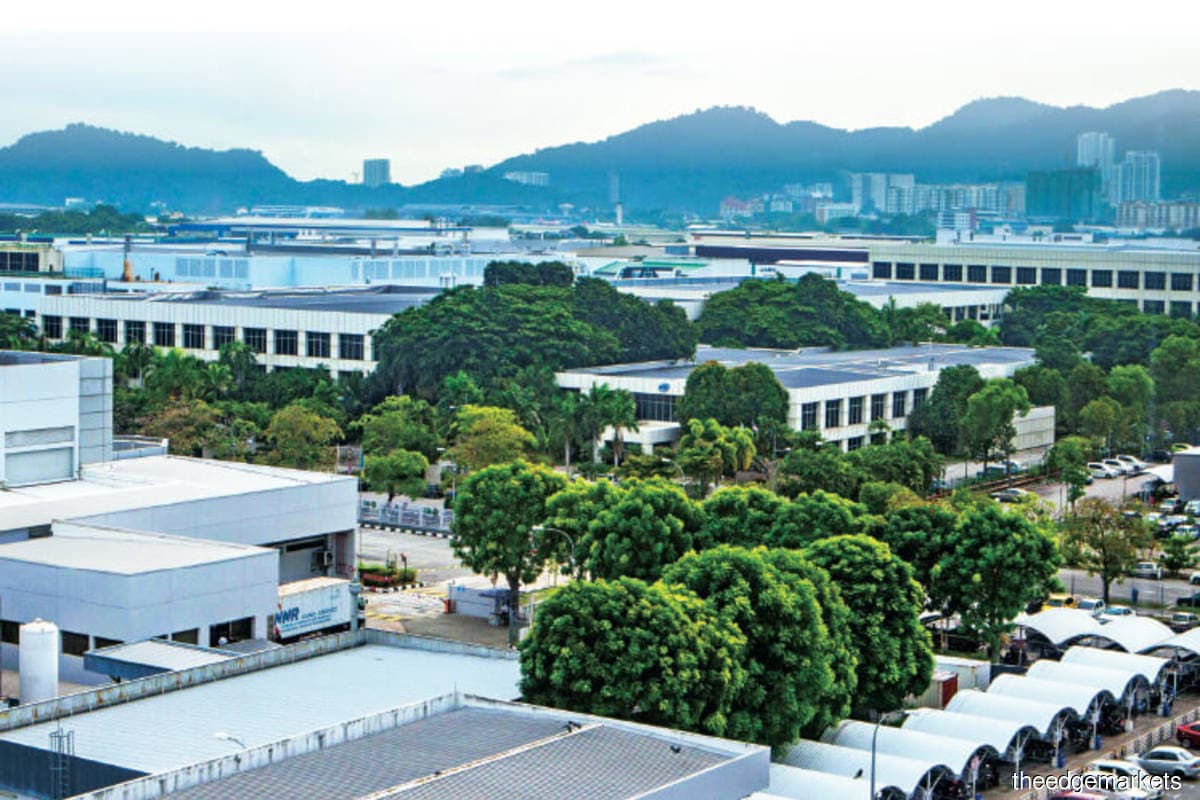
KUALA LUMPUR (April 1): Malaysian manufacturers reported a near-stagnation of operating conditions at the end of the first quarter of 2022.
IHS Markit said both output and new orders moderated for the third month running and at faster rates. Firms often attributed weakening demand conditions to rising COVID-19 cases and higher input prices, with manufacturing capacity also again limited by supply shortages.
It said following the first acceleration in input cost inflation since last December, businesses raised their output charges at the sharpest rate since April 2021.
The headline S&P Global Malaysia Manufacturing Purchasing Managers’ Index (PMI) — a composite single-figure indicator of manufacturing performance —fell from 50.9 in February to 49.6 in March.
It said the latest reading pointed to a slight deterioration in the health of the sector that was the first since September 2021.
S&P Global said looking at the historical relationship between the PMI and official statistics, the latest reading signalled that industrial production slowed on average during the first quarter compared to the fourth quarter of last year.
Survey gauges for both output and new orders signalled further moderations in March, with both gauges showing sharper rates of reduction than in February.
Companies reported that high COVID-19 infections and rising raw material prices had weighed on demand and client confidence in domestic and international markets.
New export orders were also muted in March, reducing at the quickest rate for six months as firms cited a lack of logistical capacity, most notably container shortages, and subdued overseas demand linked to the pandemic.
S&P Global said input costs increased further in the latest survey period, reflecting higher prices for a range of raw materials and freight costs.
The overall rate of inflation quickened for the first time in three months and was marked overall.
Manufacturers sought to partially pass these higher costs to customers by raising output charges.
As a result, factory gate inflation reached the highest since April 2021.
Both input costs and output prices have now risen consistently for 22 months.
Meanwhile, shortages of materials and delays in shipments led to renewed reductions in both purchases and stocks of raw materials and other inputs.
At the same time, average vendor performance continued to deteriorate markedly, although the latest lengthening in delivery times was the slowest since last November.
S&P Global said firms often highlighted that material and container shortages had hindered restocking efforts.
Moreover, stocks of finished goods were scaled back at the fastest pace for eight months.
Looking ahead, manufacturers displayed optimism regarding the outlook for output in the coming year.
However, the overall degree of sentiment waned to the softest since last October.
While many companies attributed optimism to hopes that national and international pandemic restrictions would lift and aid a recovery in demand, other firms were concerned that the war in Ukraine would further exacerbate price and supply pressures and continue to hold back a strong improvement in operating conditions.
S&P Global Chief Business Economist Chris Williamson said March saw manufacturers once again struggle against the headwinds of high COVID-19 infection rates, supply chain delays, staffing shortages and rising costs, the impact of which was exacerbated in March by the rising geopolitical uncertainty caused by the invasion of Ukraine.
He said the war has not only added to global supply disruptions and led to a surge in energy and other commodity prices, but has driven a further cooling of global demand.
"While coming months should see the headwind from the pandemic continuing to ease, it's clear that many producers are worried that the crosswind from the war will subdue the rebound from the latest COVID-19 wave."
